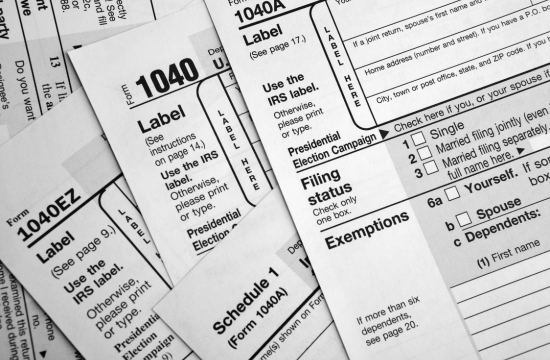When it comes to taxes, staying on top of changes in your life is crucial to ensuring you don’t end up owing a large amount come tax season. One of the key forms to keep an eye on is the W-4, which determines how much is withheld from your paycheck for federal income taxes.
Several life events should prompt you to update your W-4 form with your employer, such as getting married, having a child, or taking on a second job. These changes can significantly impact your tax situation and lead to you owing a lot at the end of the year if your withholding isn’t adjusted accordingly.
By being proactive about updating your W-4, you can help manage your tax burden throughout the year and avoid any unpleasant surprises when it’s time to file. Understanding how to fill out this form properly is an important part of personal finance management and can save you a lot of stress.
Here are some scenarios that warrant a reassessment of your withholding status:
Marriage or Divorce:
Getting married or divorced can alter your filing status and affect the number of allowances you claim on your W-4 form. For instance, if you tie the knot, you may choose to adjust your withholding to account for your spouse’s income and potential tax liabilities. Conversely, a divorce may necessitate a change in your filing status and withholding allowances.
Birth or Adoption of a Child:
Welcoming a new member into your family brings not only joy but also financial responsibilities. Claiming an additional allowance on your W-4 form after the birth or adoption of a child can help accommodate the associated expenses and potentially reduce your tax burden.
Change in Employment Status:
Transitioning to a new job or experiencing a significant change in income, such as a promotion or pay raise, warrants a review of your withholding status. Adjusting your W-4 form ensures that the appropriate amount of tax is withheld based on your updated earnings.
Financial Windfall or Loss:
Receiving a windfall, such as an inheritance or bonus, or experiencing a financial setback, such as a significant loss in investments, can impact your overall tax liability. Reviewing and adjusting your withholding accordingly can prevent underpayment or overpayment of taxes.
Now that we’ve identified the life events that necessitate a review of your W-4 form, let’s discuss when you should initiate the update process.
Promptly After Life Events:
It’s crucial to update your W-4 form promptly after experiencing a qualifying life event. Delaying the adjustment could result in incorrect tax withholding, leading to potential penalties or a large tax bill come tax season.
Annually or as Needed:
Even in the absence of significant life changes, it’s advisable to review your W-4 form annually or whenever your financial circumstances undergo substantial shifts. This proactive approach ensures that your withholding aligns with your current tax situation.
Tax Planning Sessions:
Schedule regular tax planning sessions with a qualified tax advisor or financial planner to assess your overall tax strategy. These professionals can offer personalized guidance on updating your W-4 form based on your unique circumstances and financial goals.
Updating your W-4 form is a straightforward process. Simply head to W-4Free.com and use the available form filler. Then, carefully review the instructions and fill out the form with accurate information reflecting your current situation. Be sure to submit the completed form to your employer for processing.
Whether you want to decrease your tax burden or ensure you don’t owe a lot come tax time, staying on top of your W-4 is an important financial habit. Taking a few minutes to review your withholding can pay off in the long run.


